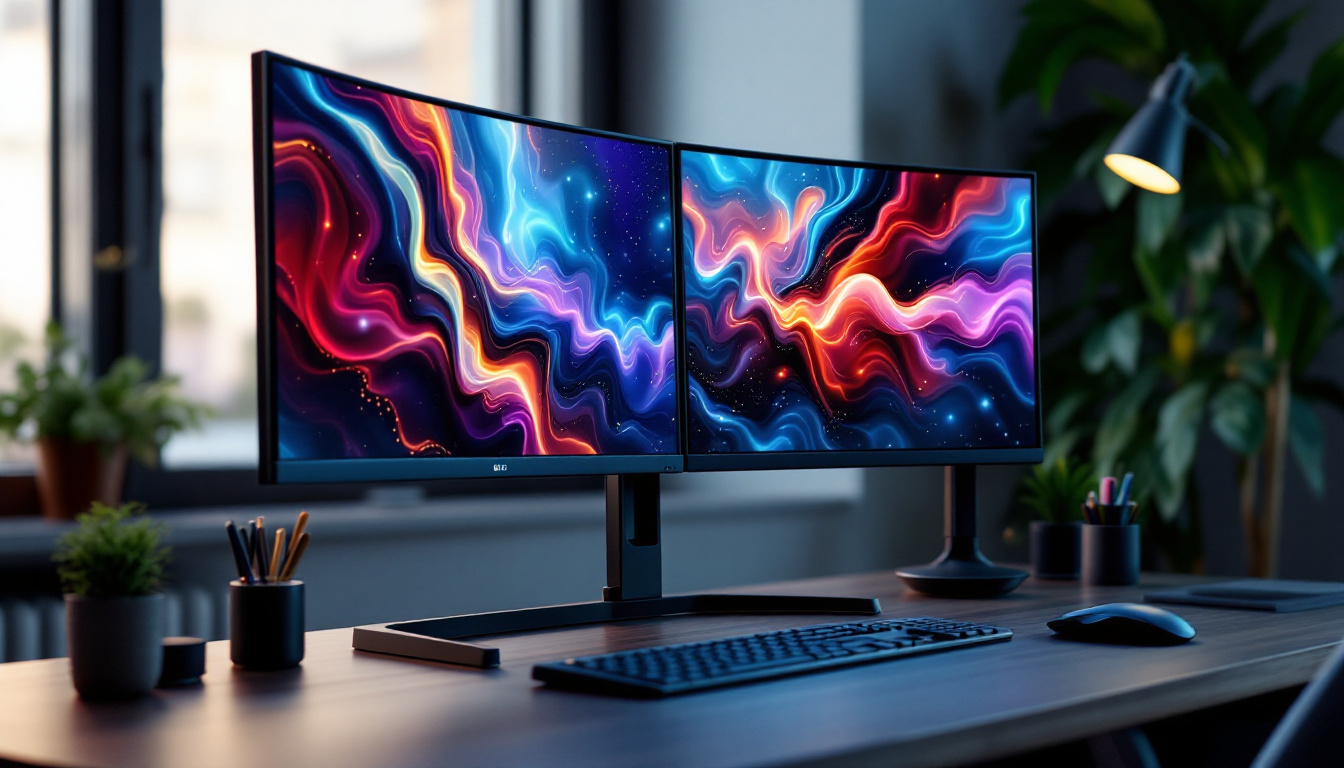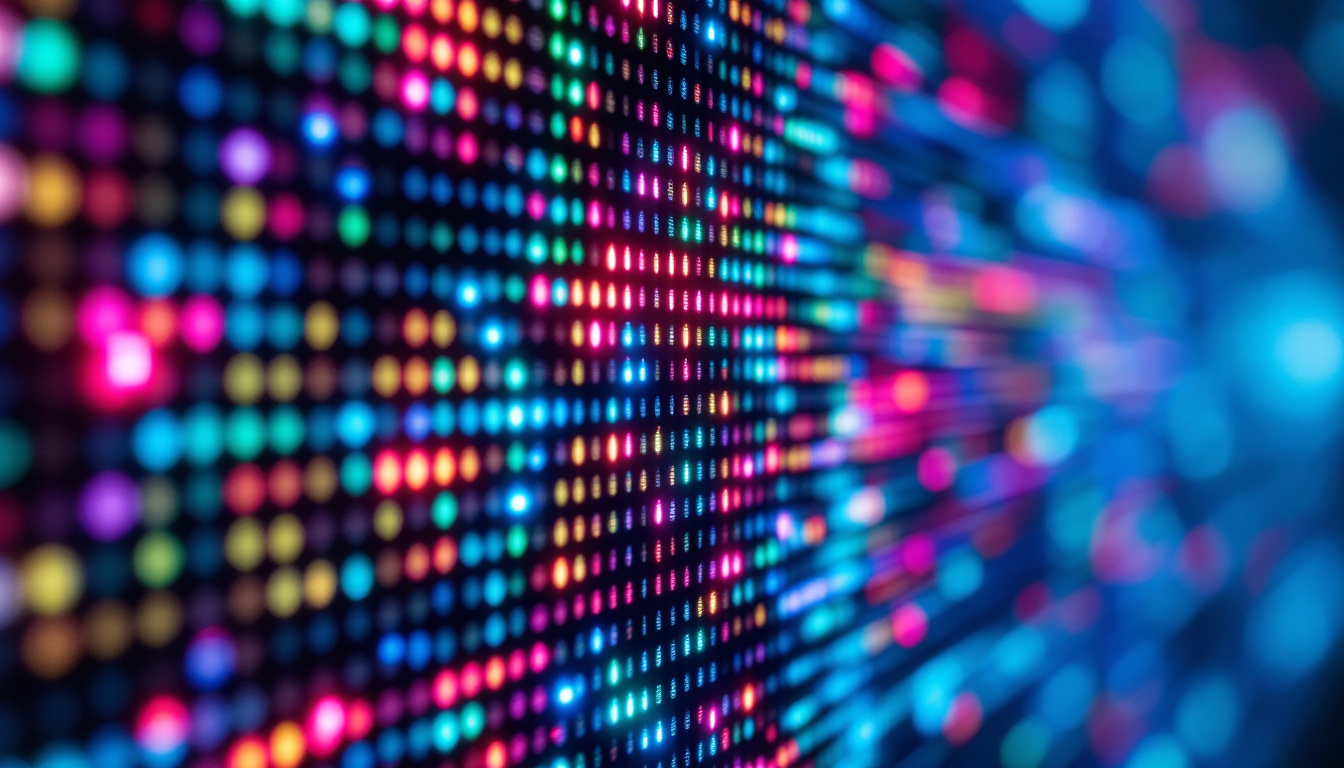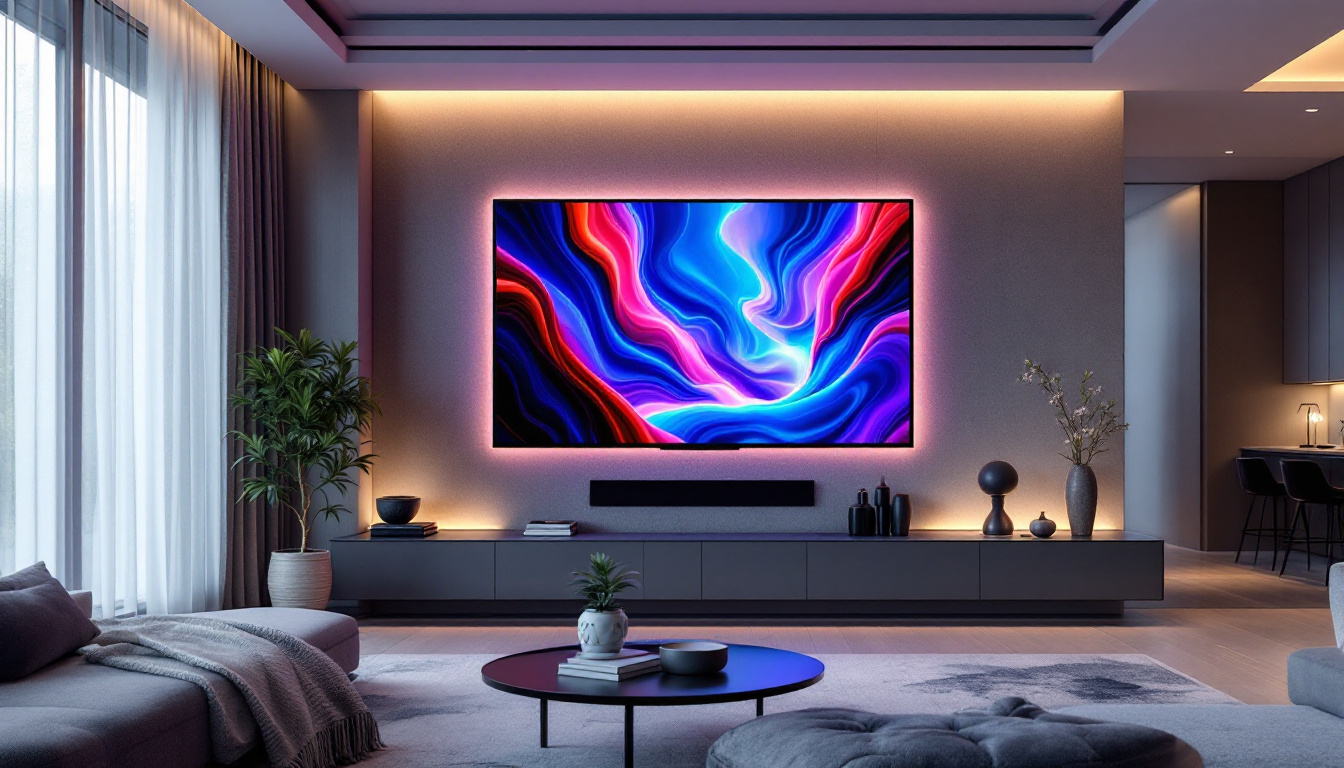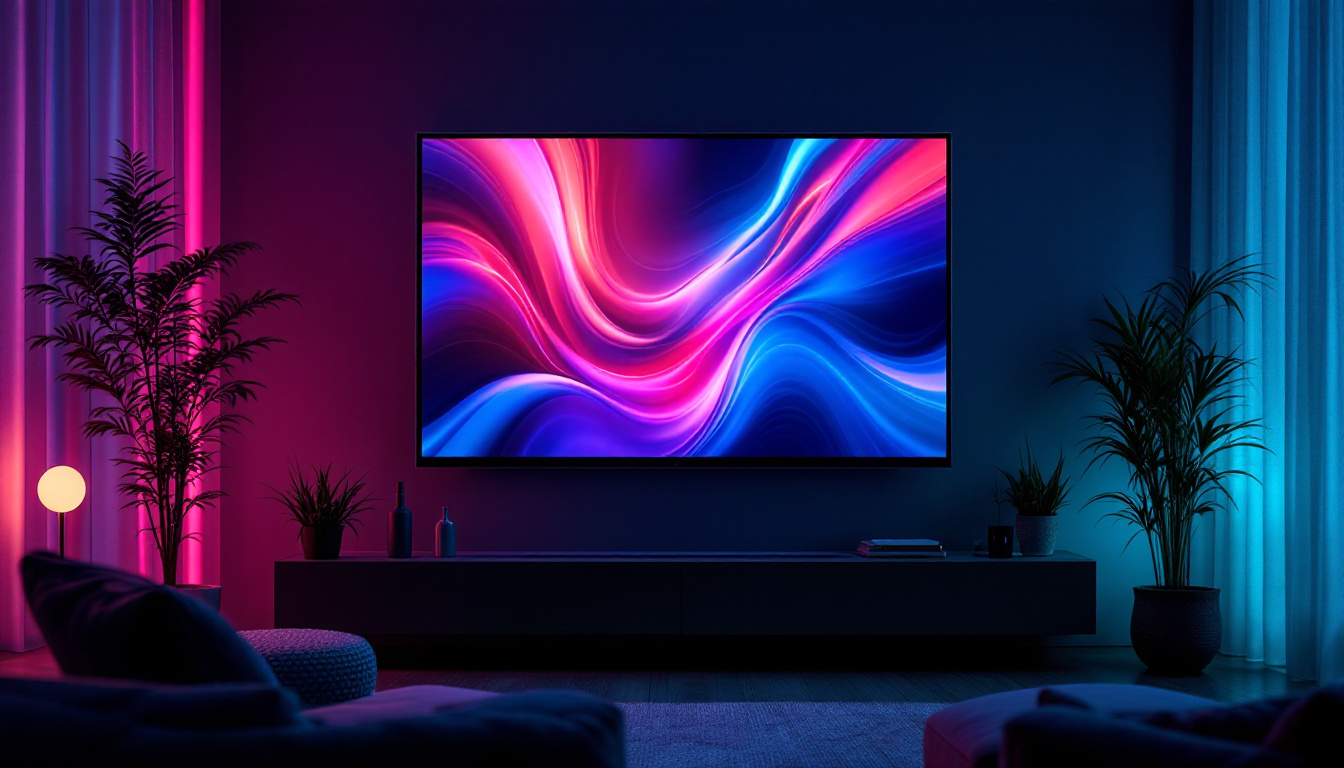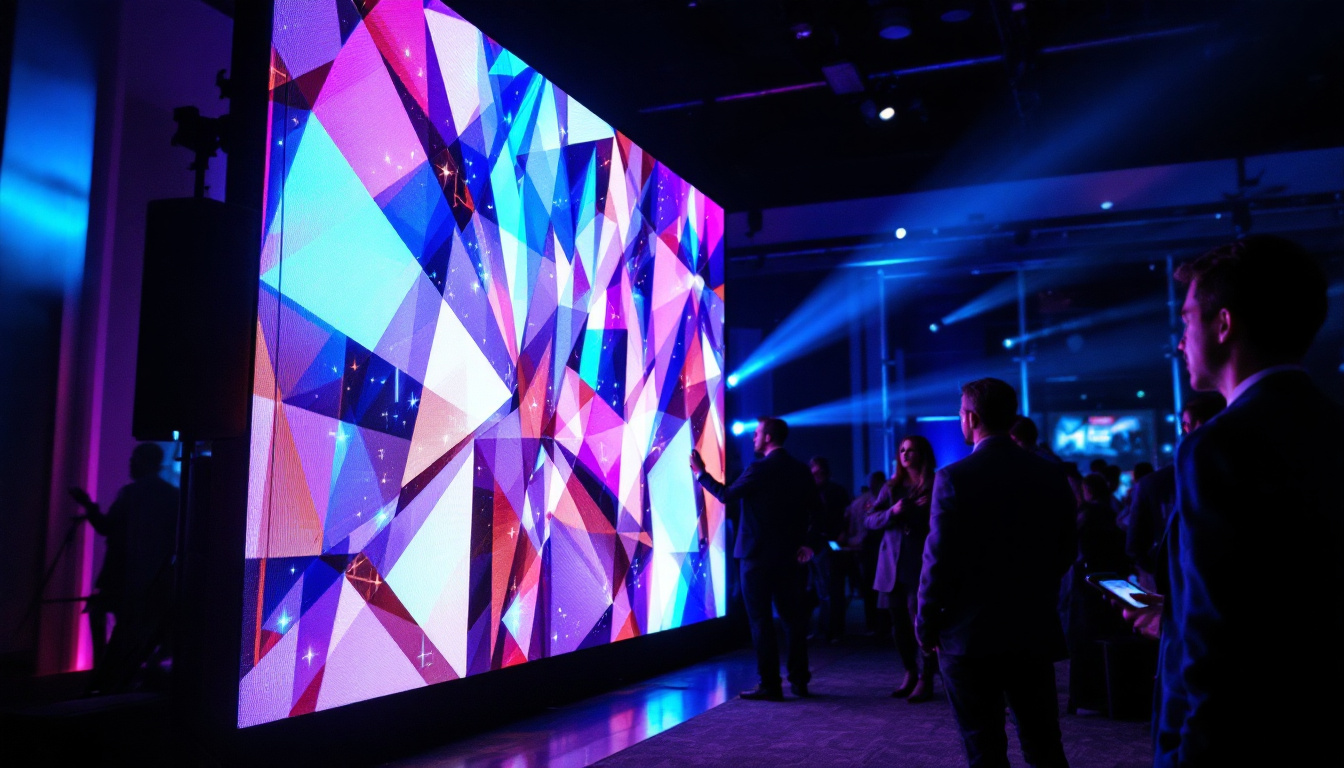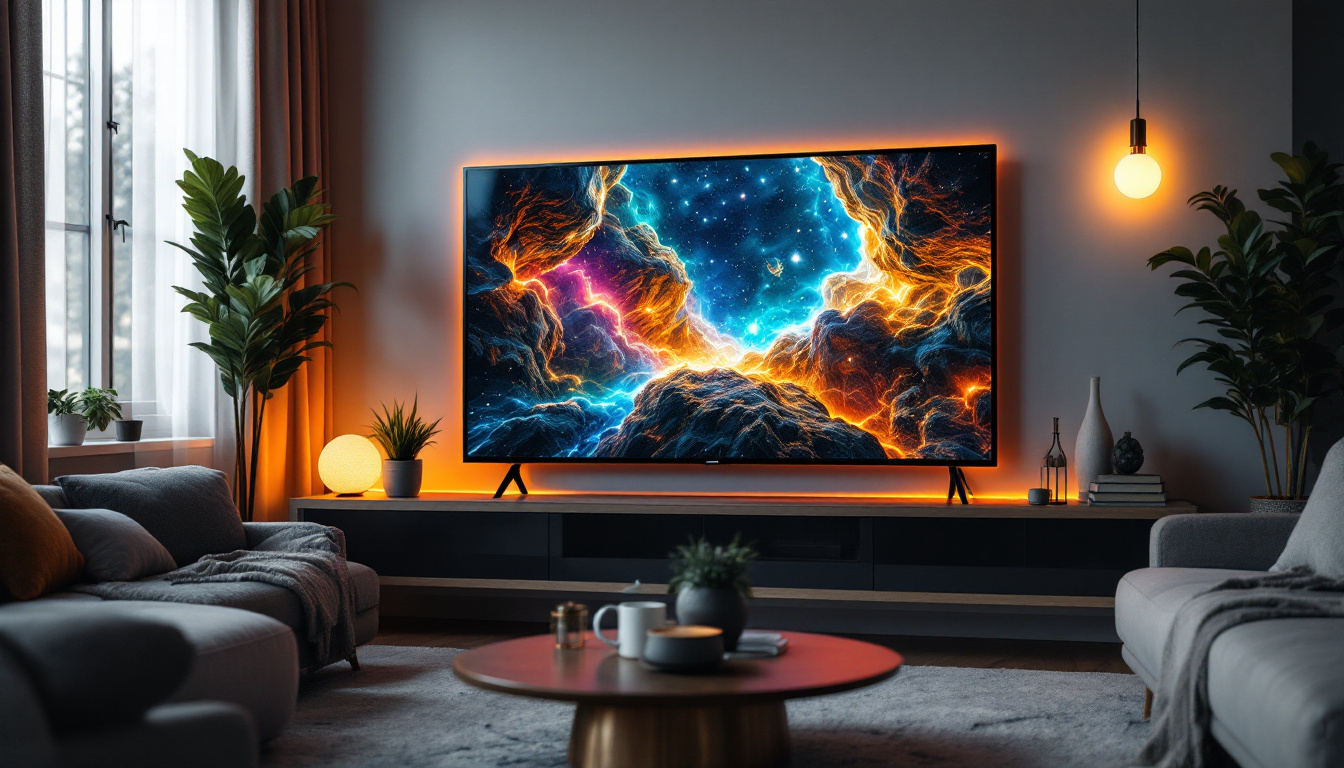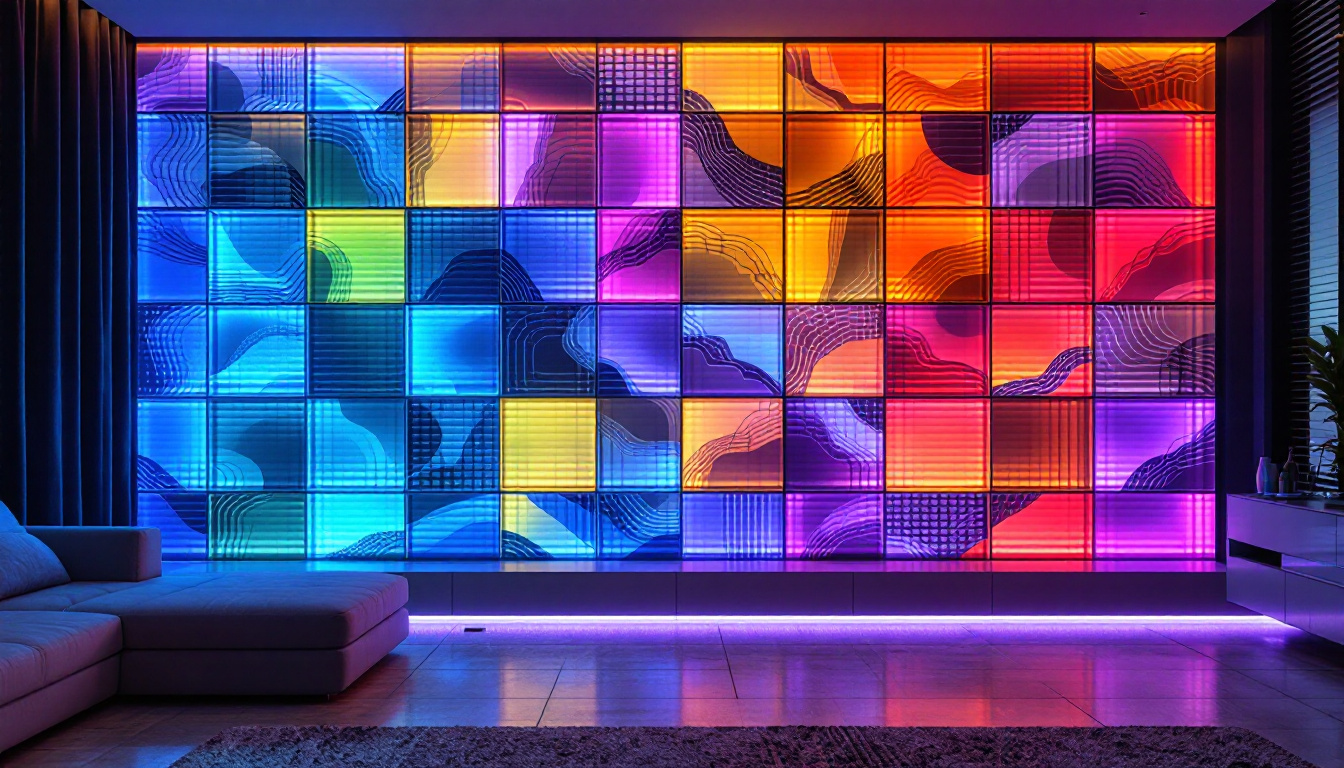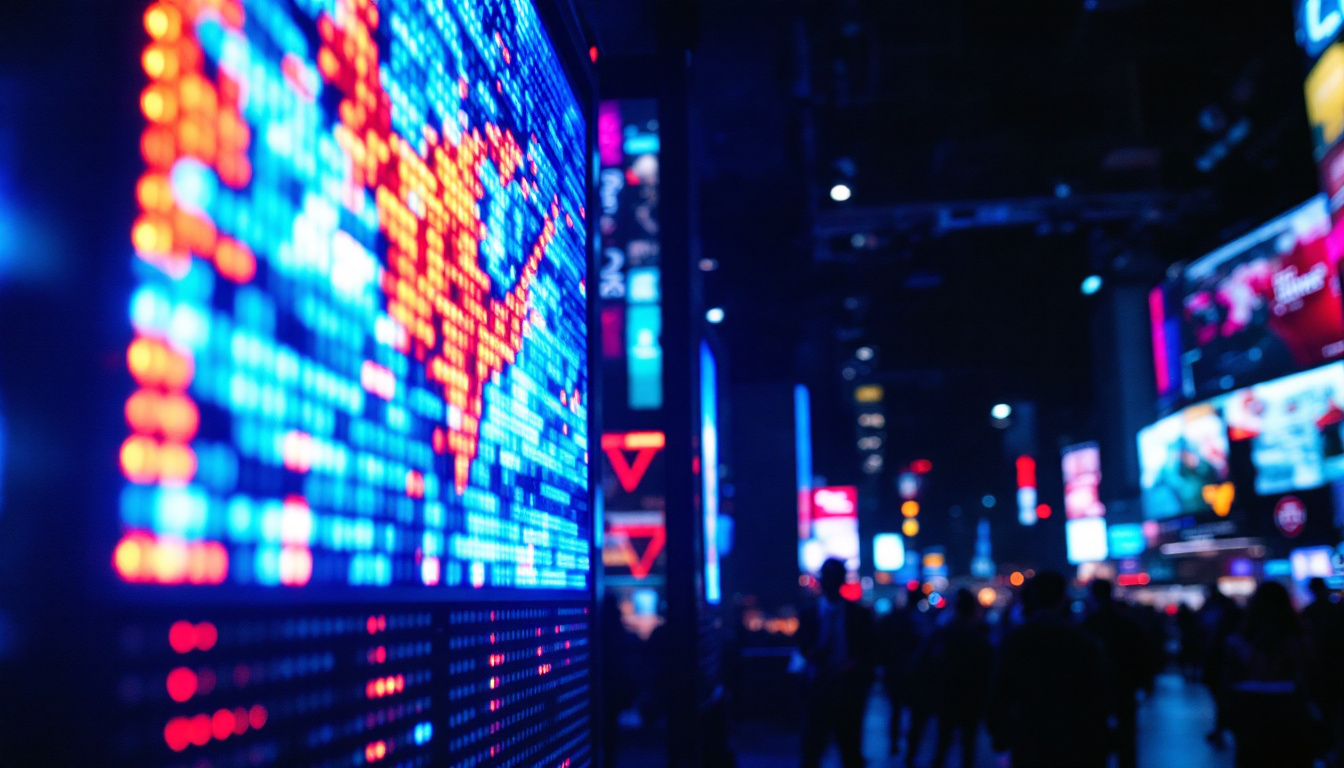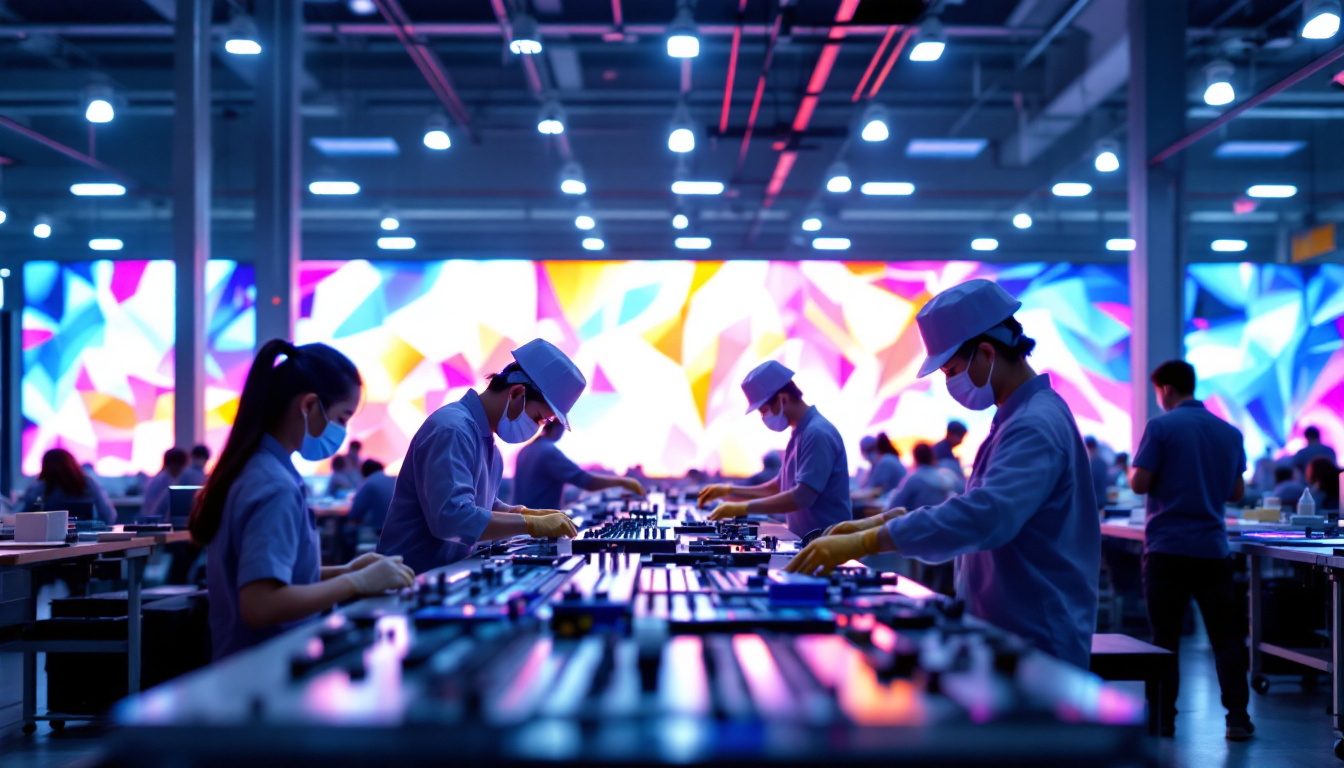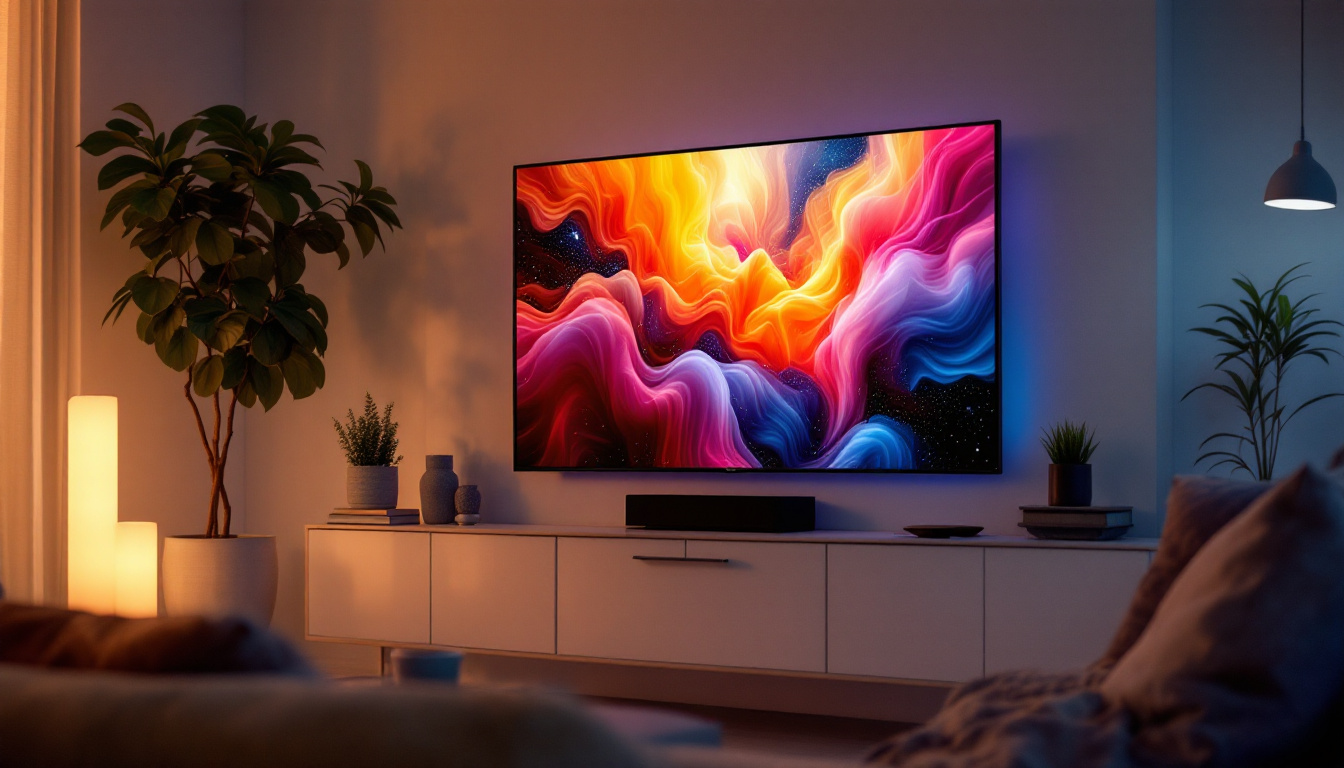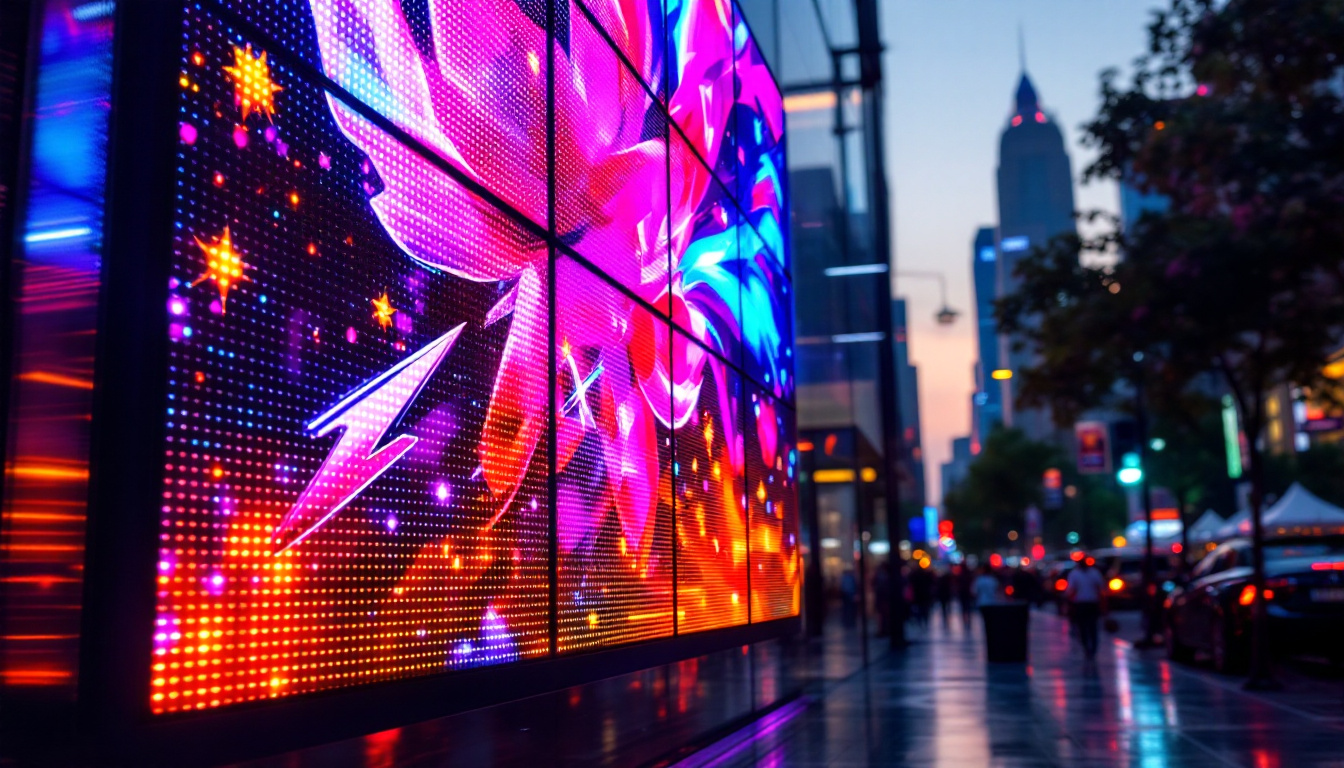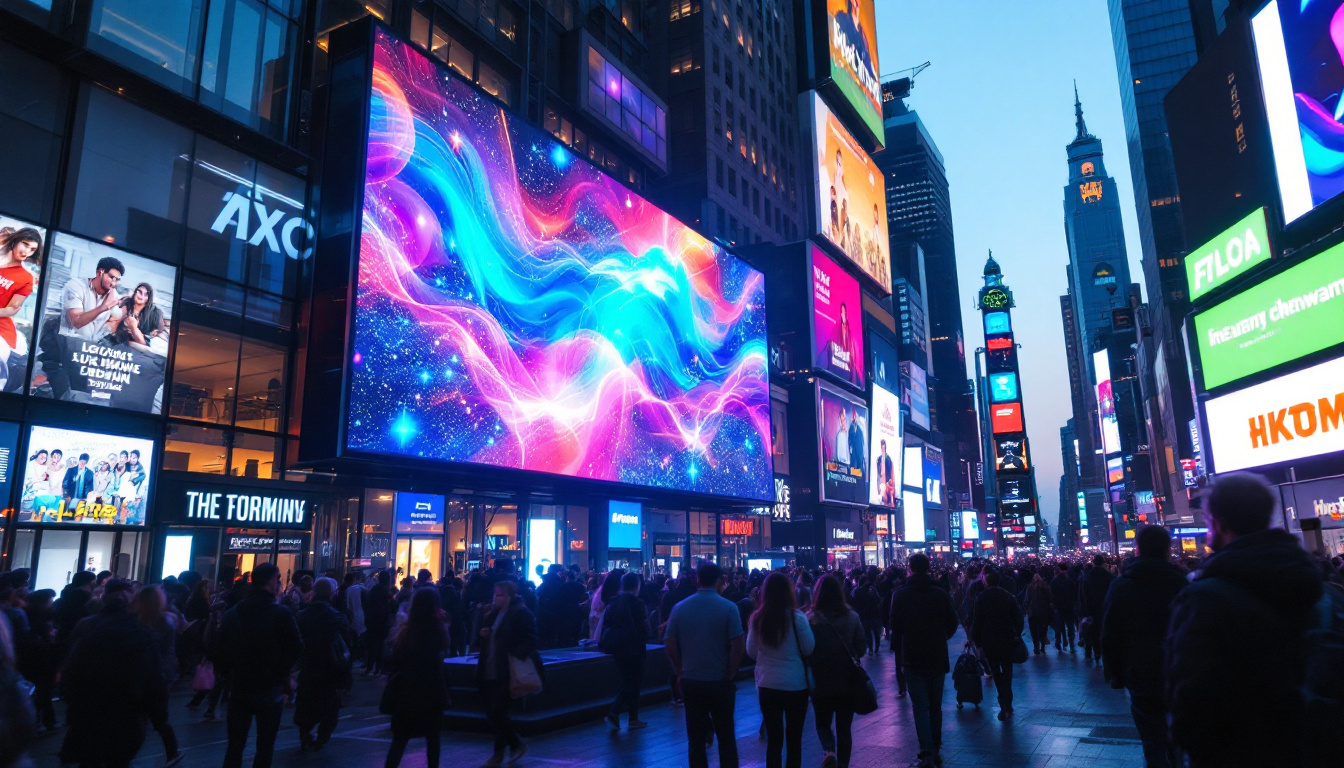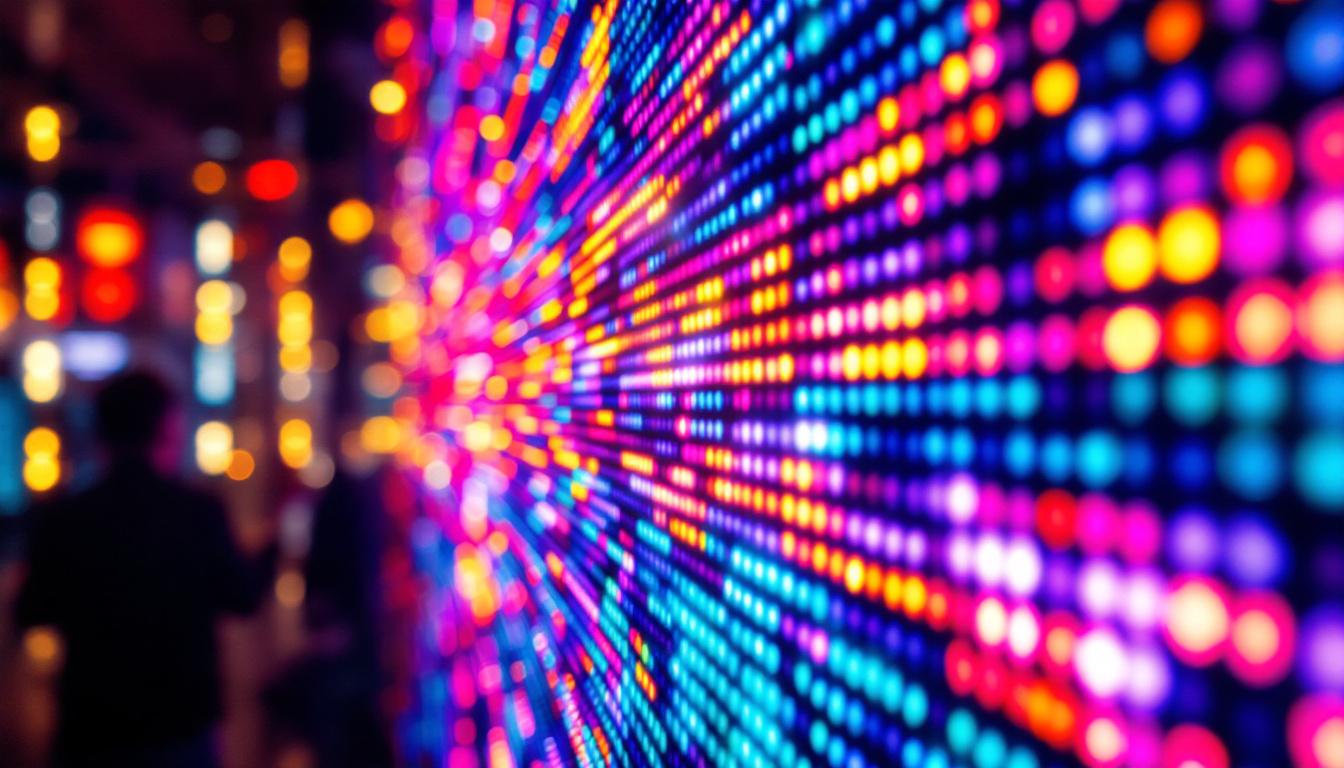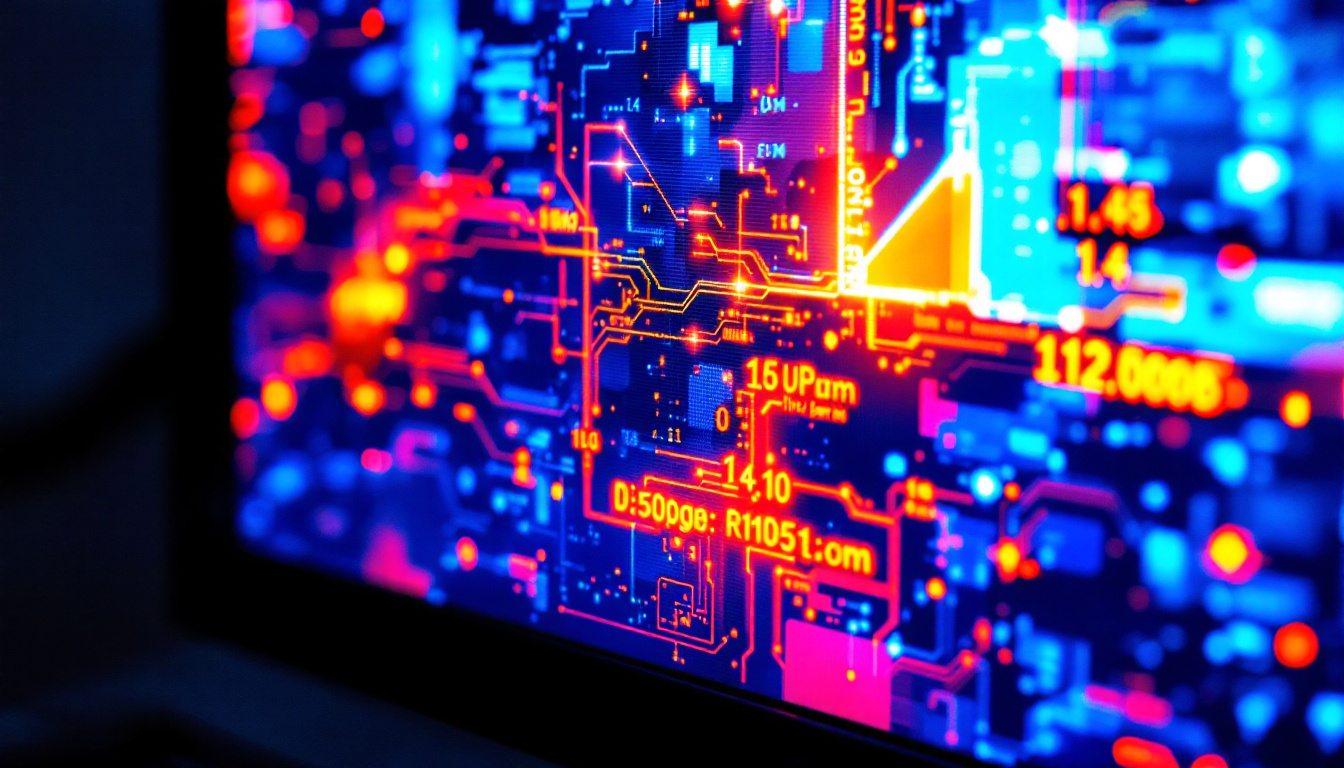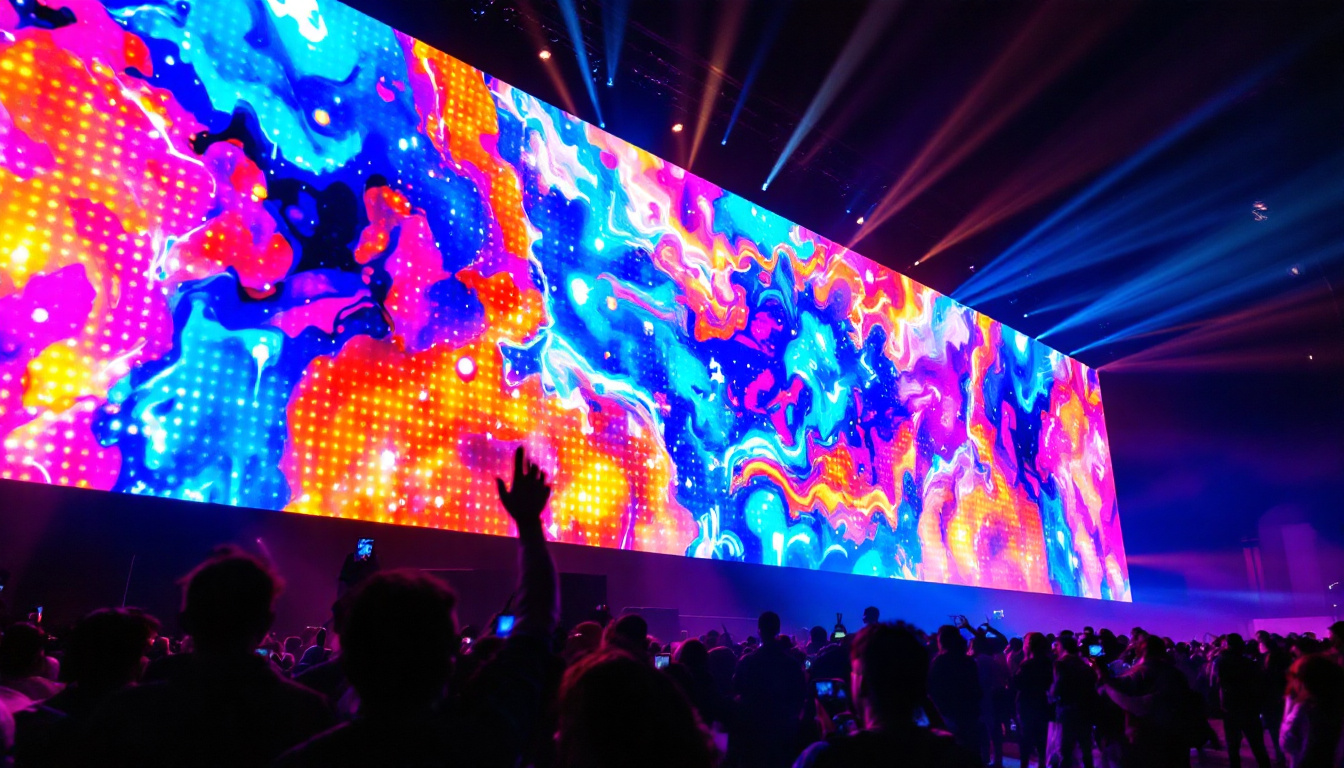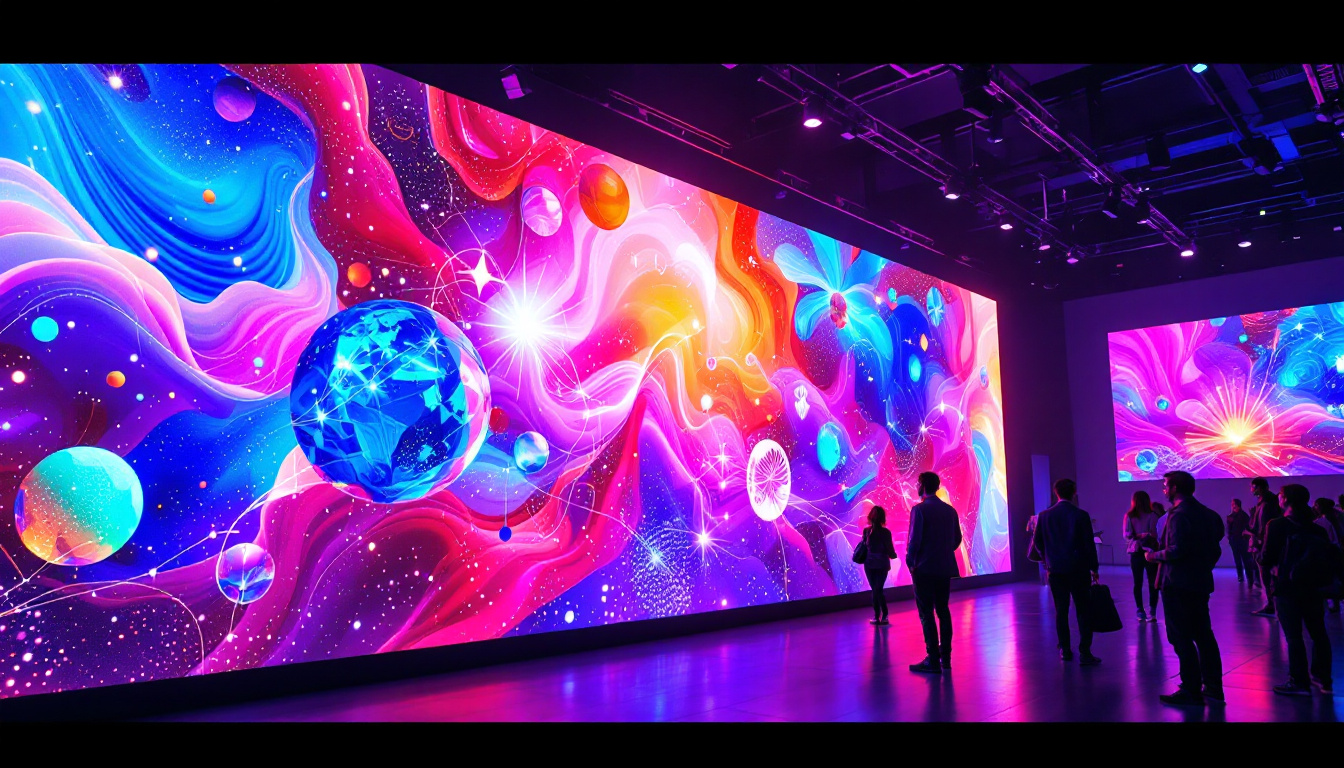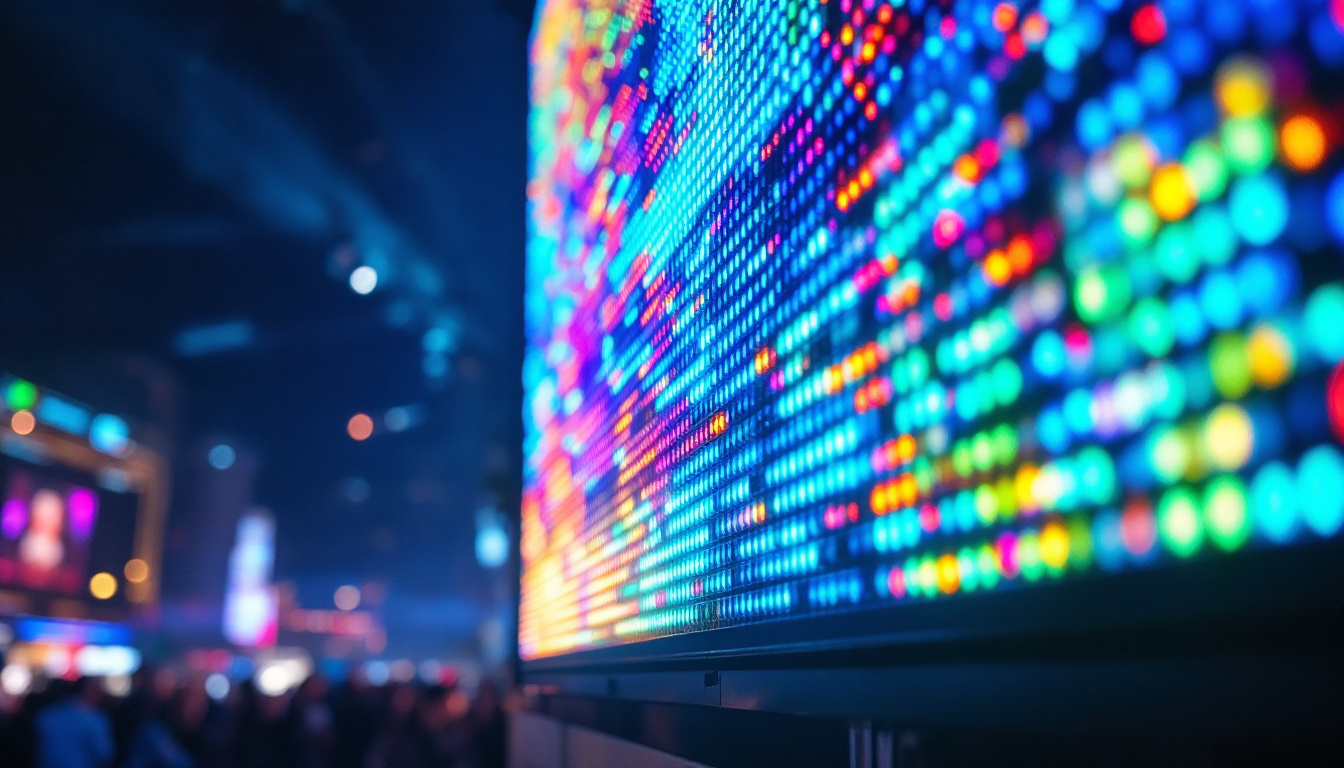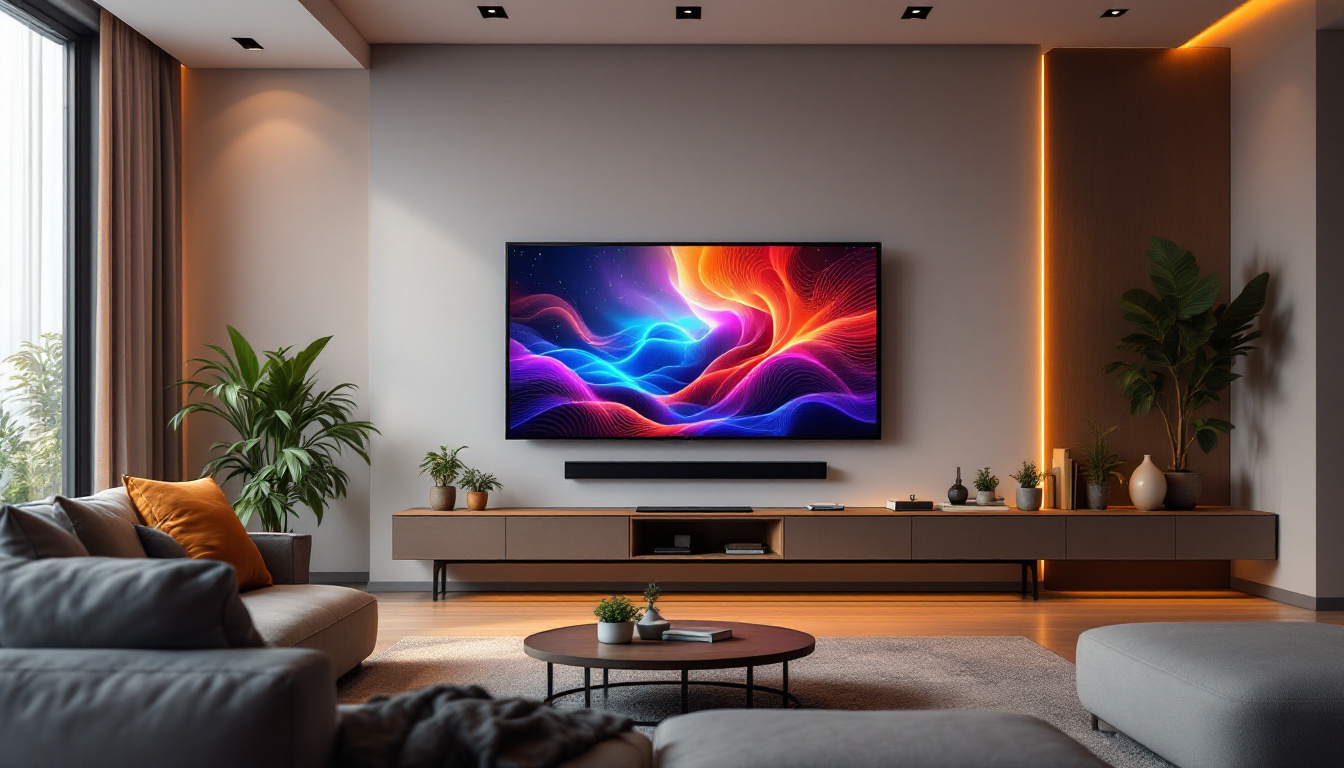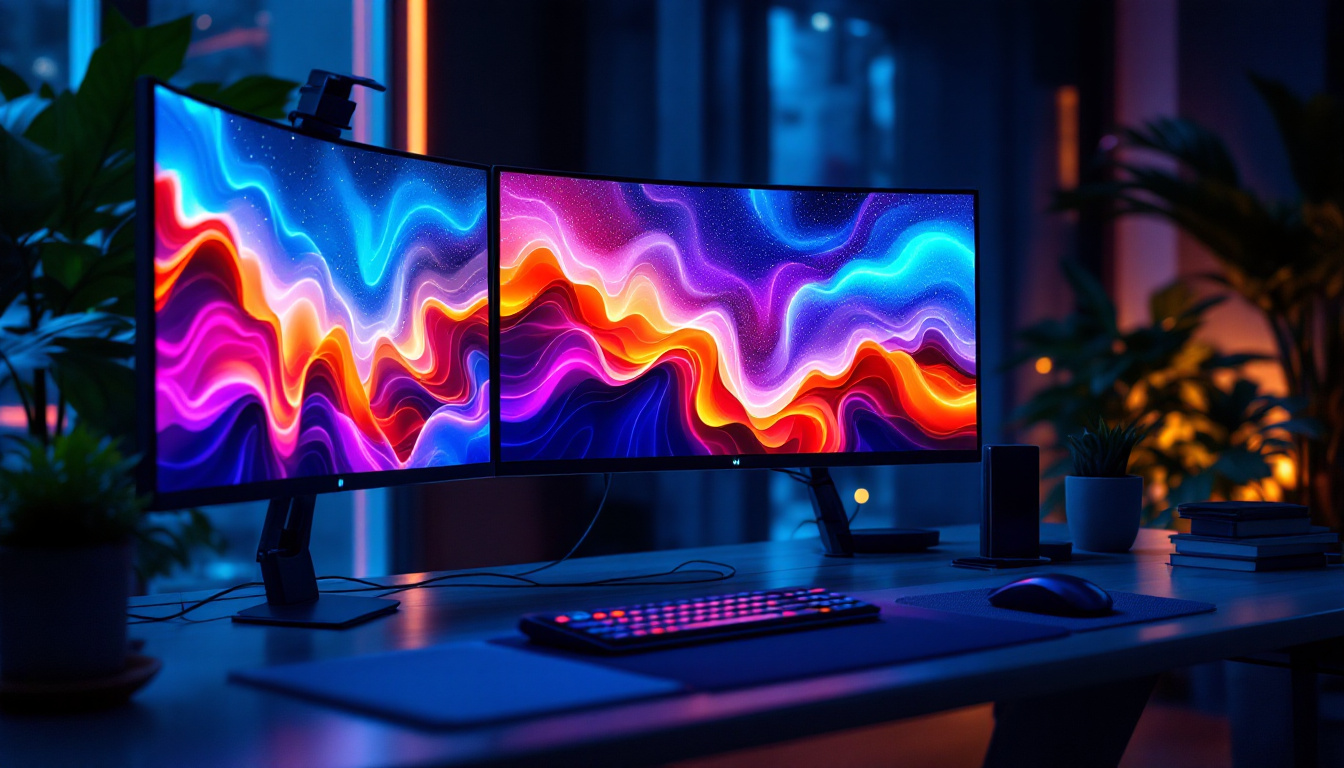In the ever-evolving landscape of technology, touchscreen LED displays have emerged as a pivotal innovation, transforming how users interact with devices. From smartphones to large-scale digital signage, these displays offer an intuitive interface that has become integral to modern life. This article delves into the intricacies of touchscreen LED displays, exploring their technology, applications, and the future they hold.
Understanding LED Technology
Light Emitting Diodes (LEDs) are semiconductor devices that emit light when an electric current passes through them. The technology has advanced significantly over the years, leading to the development of various display types, including OLED and QLED. However, the fundamental principles of LED technology remain consistent. The versatility of LEDs has made them a popular choice not only in consumer electronics but also in automotive lighting, architectural designs, and even horticulture, where they are used to promote plant growth through tailored light spectrums.
How LEDs Work
LEDs function by electroluminescence, which occurs when electrons recombine with holes within the device, releasing energy in the form of photons. This process allows for the creation of light in various colors depending on the materials used in the semiconductor. By combining red, green, and blue LEDs, a full spectrum of colors can be produced, enabling vibrant and dynamic displays. The efficiency of LEDs is another significant advantage; they convert a higher percentage of energy into light compared to traditional incandescent bulbs, resulting in reduced energy consumption and longer lifespans. This efficiency has led to widespread adoption in both residential and commercial lighting solutions, contributing to energy savings and lower carbon footprints.
Types of LED Displays
There are several types of LED displays, each designed for specific applications. The most common types include:
- Direct View LED: These displays consist of individual LED modules that form a larger screen. They are often used in outdoor advertising and large venues due to their brightness and visibility.
- LED-backlit LCD: This technology uses LEDs to illuminate an LCD panel. It offers better contrast and color accuracy compared to traditional fluorescent backlighting.
- Organic LED (OLED): OLED displays use organic compounds that emit light when an electric current is applied. They are known for their deep blacks and wide viewing angles.
In addition to these, there are also MicroLED displays, which utilize microscopic LEDs to create images. This technology promises even greater efficiency and picture quality, with the potential for self-emissive properties similar to OLEDs while avoiding some of their drawbacks, such as burn-in issues. Furthermore, advancements in flexible LED technology are paving the way for innovative applications, such as curved screens and wearable displays, enhancing the user experience across various devices. As the industry continues to evolve, the integration of smart technology with LED displays is also becoming more prevalent, allowing for interactive and adaptive visual experiences that respond to user preferences and environmental conditions.
Touchscreen Technology: An Overview
Touchscreen technology has revolutionized user interaction with devices, allowing for direct manipulation of on-screen elements. This technology can be categorized into several types, each with unique characteristics and applications.
Types of Touchscreen Technologies
There are primarily four types of touchscreen technologies: resistive, capacitive, infrared, and optical. Each type has its advantages and limitations.
- Resistive Touchscreens: These screens consist of two flexible layers separated by a small gap. When pressure is applied, the layers touch, registering the input. While they are cost-effective and can be used with gloves or styluses, they lack the clarity and responsiveness of other types.
- Capacitive Touchscreens: Utilizing the electrical properties of the human body, capacitive screens detect touch through changes in capacitance. They offer superior clarity and multi-touch capabilities, making them the preferred choice for smartphones and tablets.
- Infrared Touchscreens: These screens use an array of infrared light beams to detect touch. They are durable and can work with any object, but they can be affected by environmental factors like dust or sunlight.
- Optical Touchscreens: Optical technology uses cameras and sensors to detect touch. They provide high accuracy and can be used in larger displays, but they are generally more expensive to produce.
How Touchscreens Work with LED Displays
The integration of touchscreen technology with LED displays creates a seamless user experience. Capacitive touchscreens, for instance, are commonly paired with LED displays in smartphones and tablets. When a user touches the screen, the capacitive sensors detect the change in electrical charge and communicate this information to the device’s processor, allowing for immediate response and interaction.
This combination not only enhances usability but also improves the aesthetic appeal of devices. The vibrant colors and sharp images produced by LED technology complement the interactive nature of touchscreens, resulting in an engaging user experience.
Moreover, the synergy between touchscreen technology and LED displays has led to innovations in various fields, including education and healthcare. In classrooms, interactive whiteboards that utilize touchscreen technology allow teachers to engage students in a dynamic manner, fostering collaboration and creativity. In healthcare, touchscreen interfaces on medical devices enable practitioners to access patient information quickly and efficiently, streamlining workflows and improving patient care.
As technology continues to evolve, the potential applications of touchscreen technology expand even further. From kiosks in retail environments to automotive displays that enhance driver interaction, the versatility of touchscreens is reshaping how we interact with our surroundings. This ongoing development promises to bring even more intuitive and immersive experiences to users across various sectors.
Applications of Touchscreen LED Displays
Touchscreen LED displays have found applications across various industries, enhancing functionality and user engagement. Their versatility makes them suitable for both personal and professional use.
Consumer Electronics
In consumer electronics, touchscreen LED displays are ubiquitous. Smartphones, tablets, and laptops utilize this technology to provide users with intuitive interfaces. The ability to interact directly with content has transformed how people consume media, communicate, and perform tasks. Moreover, advancements in touchscreen technology, such as haptic feedback and pressure sensitivity, have further enriched the user experience, allowing for more nuanced interactions that mimic real-world touch sensations. This has led to the development of innovative applications, from gaming to creative design, where precision and responsiveness are paramount.
Retail and Advertising
Retail environments have embraced touchscreen LED displays for digital signage and interactive kiosks. These displays allow businesses to showcase products, provide information, and engage customers in a dynamic way. interactive displays can enhance the shopping experience by allowing customers to browse products, check prices, and access promotions. Additionally, the integration of analytics tools with these displays enables retailers to gather valuable data on customer interactions, preferences, and behaviors. This data can inform marketing strategies and inventory management, ultimately leading to increased sales and customer satisfaction.
Healthcare and Education
In healthcare, touchscreen LED displays are used in patient monitoring systems, medical imaging, and electronic health records. They facilitate quick access to vital information, improving efficiency and patient care. The ability to visualize complex data in real-time allows healthcare professionals to make informed decisions swiftly, which can be critical in emergency situations. Furthermore, touchscreen interfaces can be tailored to suit the needs of various users, including patients, doctors, and administrative staff, ensuring that everyone can navigate the system with ease.
In educational settings, interactive whiteboards and touchscreen displays have become essential tools for teachers and students. They enable collaborative learning, making lessons more engaging and interactive. The incorporation of multimedia elements such as videos, animations, and interactive quizzes transforms traditional teaching methods, catering to diverse learning styles. Additionally, these displays can connect to online resources, allowing educators to access a wealth of information and tools that can enhance lesson plans and foster a more enriched learning environment. As educational institutions continue to integrate technology into their curricula, the role of touchscreen LED displays will only grow in importance, shaping the future of education.
The Future of Touchscreen LED Displays
The future of touchscreen LED displays is promising, with ongoing advancements in technology poised to enhance their capabilities further. Innovations in materials, processing power, and user interface design are expected to shape the next generation of displays.
Emerging Technologies
One of the most exciting developments in touchscreen technology is the integration of artificial intelligence (AI). AI can enhance user interactions by providing personalized experiences, predictive text, and intelligent voice recognition. This will make touchscreen LED displays even more intuitive and responsive to user needs.
Flexible and Foldable Displays
Another trend gaining traction is the development of flexible and foldable LED displays. These displays can be bent or rolled up, offering new possibilities for device design and functionality. Imagine a smartphone that unfolds into a tablet or a display that can be wrapped around a surface. Such innovations could redefine how users interact with technology.
Sustainability Considerations
As the demand for touchscreen LED displays grows, so does the need for sustainable manufacturing practices. Companies are increasingly focusing on reducing the environmental impact of their products. This includes using recyclable materials, reducing energy consumption, and implementing responsible disposal methods.
Challenges and Considerations
Despite their many advantages, touchscreen LED displays come with challenges that must be addressed. Understanding these challenges is crucial for manufacturers and consumers alike.
Durability and Maintenance
Touchscreen LED displays are often subjected to wear and tear, especially in high-traffic environments. Scratches, cracks, and other damage can affect performance and aesthetics. Manufacturers are continually working on improving the durability of screens through advanced materials and protective coatings.
Cost Factors
The cost of touchscreen LED displays can be a barrier for some consumers and businesses. High-quality displays with advanced features tend to be more expensive. However, as technology advances and production methods improve, prices are expected to decrease, making these displays more accessible.
User Adaptation
While touchscreen technology is widely accepted, there are still segments of the population that may struggle with the transition from traditional input methods. Ensuring accessibility for all users is a critical consideration for developers and manufacturers.
Conclusion
Touchscreen LED displays represent a significant advancement in technology, merging visual brilliance with interactive capabilities. Their applications span various industries, enhancing user experience and engagement. As technology continues to evolve, the future of touchscreen LED displays promises even more exciting developments, paving the way for innovative interactions and sustainable practices.
In a world increasingly driven by technology, understanding the intricacies of touchscreen LED displays is essential for both consumers and professionals. Embracing these advancements will not only enhance daily interactions but also shape the future of how we connect with the digital world.
Discover the Future of LED Displays with LumenMatrix
As you embrace the interactive world of touchscreen LED displays, take your visual experience to the next level with LumenMatrix. Our commitment to innovation ensures that our range of LED display modules—from Indoor and Outdoor LED Walls to specialized solutions like Vehicle Displays and Transparent LEDs—will captivate your audience and amplify your message. Whether for advertising, education, or entertainment, LumenMatrix is at the forefront of creating immersive environments that engage and inspire. Check out LumenMatrix LED Display Solutions today and be a part of the visual revolution.


